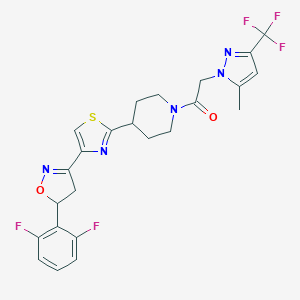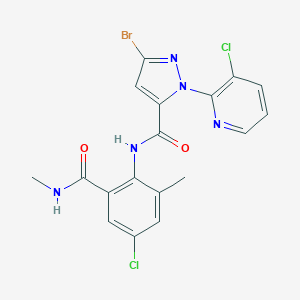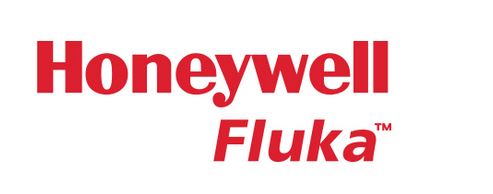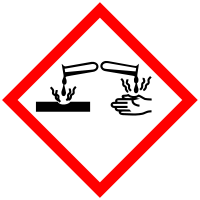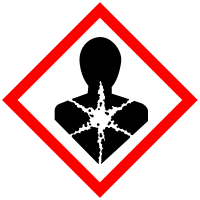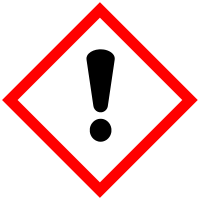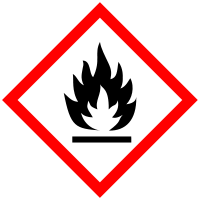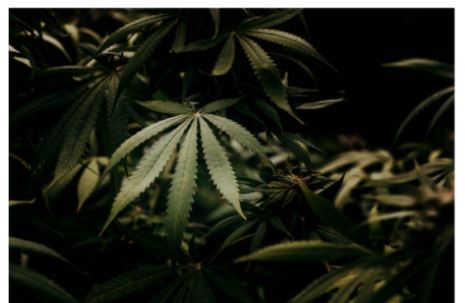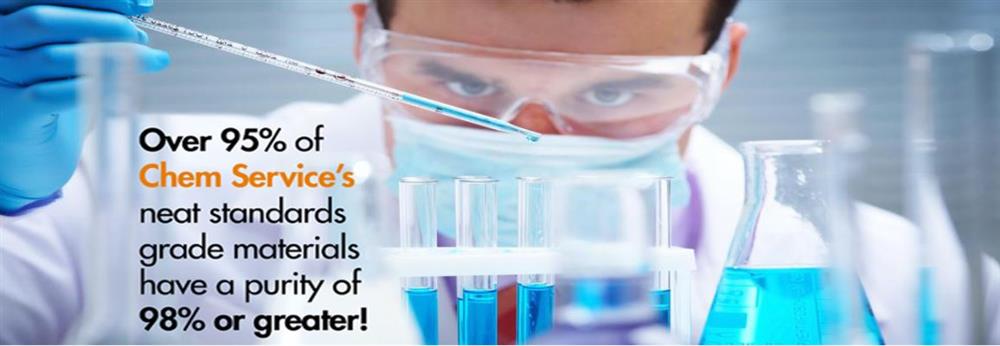Pesticides in your Tea?
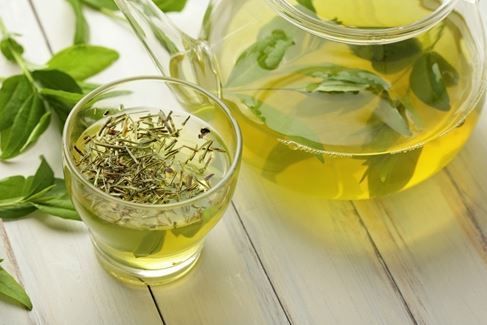
Tea is an enormously popular crop that has been a critical part of commerce and culture for centuries. Not only is tea the most popular drink after water across the globe, it's hugely popular in the U.S. In 2014, Americans drank about 3.6 billion gallon of tea, hot or iced, which equals about 80 billion servings, according to the Tea Association of the USA.
The segment of the population who drinks the most tea are millennials – 87 percent drink tea – meaning that its importance in the U.S. will likely only continue to grow. While more than 158 million people drink tea each day in the U.S., much of the tea is grown outside its borders. The U.S. is second only to Russia as the largest importer of tea, according to Tea USA.
If you're considering getting into tea farming, you're curious about the pests on plantations or you want to know which chemicals are in your tea cup, learn more about how and why pesticides are used in tea production.
Tea plantations are heaven for pests
A 2008 study from Mizoram Central University in India, which was published in the Journal of Environmental Biology, explained that the way tea is typically grown creates a great situation for pests. Tea is a perennial that is often grown in monoculture, meaning that there aren't other crops grown along with it. This, along with the climates that best facilitate tea growth have created "favorable conditions" for pests, the study explained.
Many of the world's top tea producers – China, India, Sri Lanka, Kenya, Turkey – have been growing the crop for centuries. However, most farmers have been shifting to a pest control method heavier toward using chemical pesticides to fight off these plentiful pests. Over time many tea pests have developed resistance to some pesticides and the public has become upset by the pesticides that have been commonly used, such as DDT, endosulfan, dicofol and ethion. The 2008 report noted that these concerns, along with the cost of treating tea have had an impact.
"The growing concern about the pesticide residue in made tea, its toxicity hazards to consumers, the spiraling cost of pesticides and their application have necessitated a suitable planning which will ensure a safe, economic as well as effective pest management in tea," the report explained.
Pesticide residues in common brands
Since 2008, many people have examined the amounts of pesticides that are found in the tea that actually makes it into millions of people's homes. A Canadian Food Inspection Agency study that was published in the Journal of Agricultural and Food Chemistry in 2014 found that many pesticides not only made it into people's cupboards but also to the tea itself.
"The pesticide residues were likely transferred from tea leaves to brewed tea during the brewing process, and may therefore pose a risk to consumers," the study concludes, according to the Canadian Broadcasting Corporation. Many of the world's most common pesticides were found in quantities less or far less than 1 part per million. Acetamiprid (also sold as Mospilan®; Saniprid®; Acer®; Aspilan®), chlorpyrifos, also sold as O.O-Diethyl-O-[3.5.6-trichloro-2-pyridyl]-phosphorothioate; Dursban®; Trichlorpyrphos; Pyrinex®, thiacloprid, also sold as (3-((6-Chloro-3-pyridinyl)methyl)-2-thiazolidinylidene)cyanamide , imidacloprid; also sold as Admire®; Confidor®; Gaucho®; Merit®; 1-[(6-Chloro-3-pyridinyl)methyl]-N-nitro-2-imidazolidinimine; dicofol; also sold as Kelthane (TM) ; 4.4'-Dichloro-a-[trichloromethyl]benzhydrol; 1.1-Bis(p-chlorophenyl)-2.2.2-trichloroethanol methomyl, endosulfan sulfate; also sold as 6.7.8.9.10.10-Hexachloro-1.5.5a.6.9.9a-hexahydro-6.9-methano-2.4, and carbendazim; also sold as 2-(Methoxycarbonylamino)-benzimidazole; Bavistin®; Delsene®; Derosal® were among the pesticides found in brewed cups of tea from Lipton, Twinings, Tetley and Uncle Lee's Legends of China found in Canada.
The Tea Association of Canada and the respective brands defended their products and tea in general, telling the CBC that pesticides are a fact of modern agriculture and that tea is safe for consumers to drink.
The pesticides used in tea continues to be a hotly contested issue. Demand for tea is still massive around the world, but the countries that produce the largest amounts of the plant may not have the regulations in place to forbid the use of certain pesticides, such as DDT, that are banned in other parts of the world.
A recent Greenpeace study highlighted that tea time is supposed to be a time to relax and regroup, but it could be one of the riskiest moments of the day. At least, that’s according to a new study released by Greenpeace earlier this month that found a number of popular tea brands contain high doses of pesticide residues. Some teas even tested positive for the long-banned DDT.
Greenpeace published two reports looking at tea in China and in India. In both accounts, the levels of pesticide residues found in tea samples were disturbingly above the safe limits set by the World Health Organization.
China and India are the first and second largest producers of tea, respectively, and a good deal of their tea is exported internationally. It's important to note that although the United States imports almost all of its tea, tea companies are required to produce documentation that proves their compliance before being approved by the FDA and customs. Greenpeace's studies focused on China and India, which are the largest producers, as well as the largest consumers, of tea. Their food safety regulations differ wildly from those of the United States.
In 49 Indian tea samples tested, nearly 60 percent contained at least one pesticide above the safety limits set by the European Union. In 18 samples, the quantity of pesticides were “50 percent more than the maximum level.” A whopping 33 samples contained DDT. In the report on China’s teas, nearly 67 percent of samples (18 total) contained pesticides that have been previously banned under the Stockholm Convention. “Richun's Tieguanyin 803 tea [from China] showed up with 17 different kinds of pesticides!” reported Greenpeace. In total, 14 samples from China contained pesticides that are known to harm unborn children or cause genetic damage.
Brands tested were from 8 of the 11 top tea brands such as Twinings, Tata Tea, Tetley, Brooke Bond, Golden Tips, Goodricke and surprisingly, the No. 1 tea brand: Lipton. In Greenpeace’s studies, three of four Lipton samples, “contained pesticides that are banned for use on tea plants and are highly toxic. Altogether 17 different kinds of pesticides were found on the four samples.”
"As the world's best-selling tea brand, Lipton is taking advantage of China's loose pesticide control measures at the expense of its Chinese customers," Wang Jing, Greenpeace food and agriculture campaigner, told Greenpeace East Asia.
Pesticides found through the test included a number of pesticides that Greenpeace reports are a result of “complicated and confusing” regulations. For instance:
“As of May 2014, a total 248 chemical pesticides have been registered under section 9(3) of the Insecticides Act (1968) for use in India, for all crops. However, the rationale for permitting these remains far from clear; for example, the list contains Endosulfan, which has been subject to a separate comprehensive ban by decision of the High Court as of 2011.”
Pesticides found included methomyl, (also sold as S-Methyl-N-[(methylcarbamoyl)oxy]thioacetimidate; Lannate®) an insecticide known for harming the nervous system; dicofol, (also sold as Kelthane (TM) ; 4.4'-Dichloro-a-[trichloromethyl]benzhydrol; 1.1-Bis(p-chlorophenyl)-2.2.2-trichloroethanol methomyl), a chemical related to DDT; and endosulfan among many others.
To the news of the findings, Hindustan Unilever Limited (HUL), one of the largest companies reported in the study, said it complies with the law. "We have internal HACCP (Hazard Analysis Critical Control Point) processes for all our factories,” HUL told DNA India. “Samples of raw materials and finished products are regularly sent to third-party testing laboratories. Our data does not show the presence of any unapproved chemicals and we fully comply with the Indian foods regulations as stipulated by the Food Safety and Standards Authority of India (FSSAI)."
HUL added it was looking to phase out pesticides with its suppliers by 2020.
Meanwhile, the Tea Board of India is questioning the studies, saying the trace levels of chemicals came from plantations outside the soils.
Another claim? Peter Goggi, president of the Tea Association of the United States, says the pesticides can remain in the soils long after they're used. "If you look at ag-reports and certain papers that are done, residual DDT is still there," he told AlterNet. He says that although Greenpeace may have pointed out pesticides, the report fails to prove the tea is unsafe to consume. "The tea is safe to consume and as a tea association we work in partnership work with growers and FDA to work with the entire supply."
CONTACT US
Tel: +44 (0) 151 649 4000
Web: www.greyhoundchrom.com
Email: marketing@greyhoundchrom.com
FOLLOW US




YOU MAY ALSO BE INTERESTED IN OUR NEWSLETTER
SIGN UP HERE

CATALOGUE DOWNLOADS


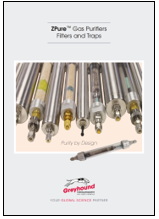





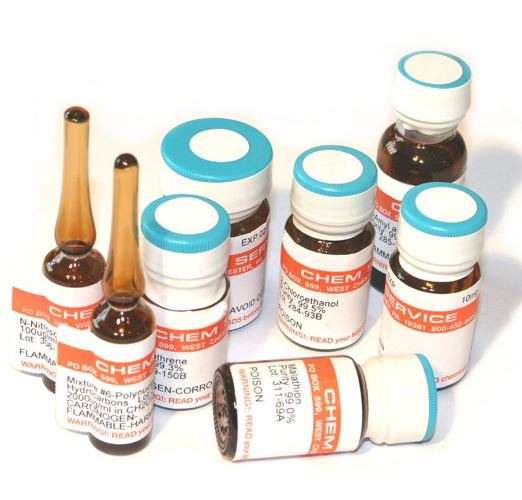


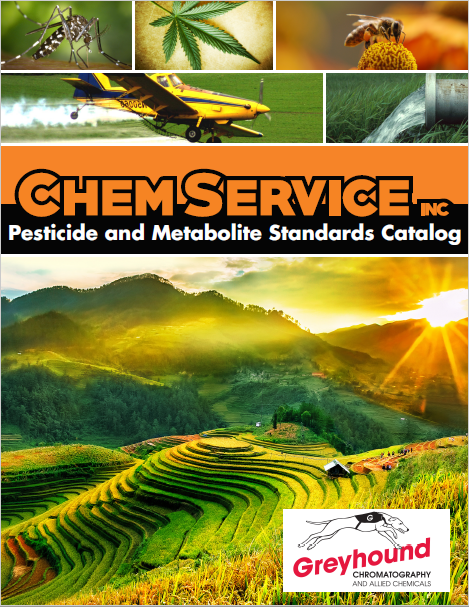
.jpg)
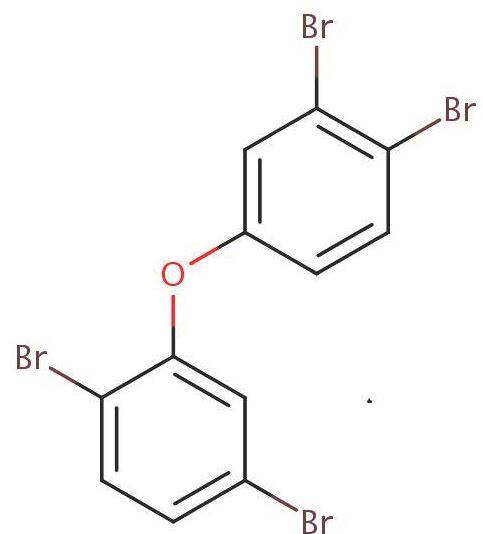

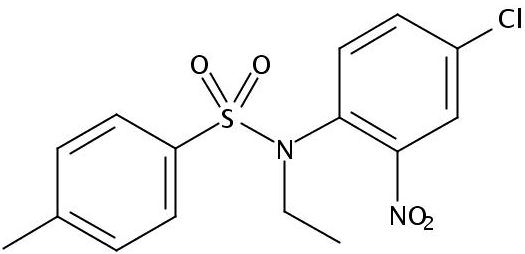
 Solution 3.PNG)
